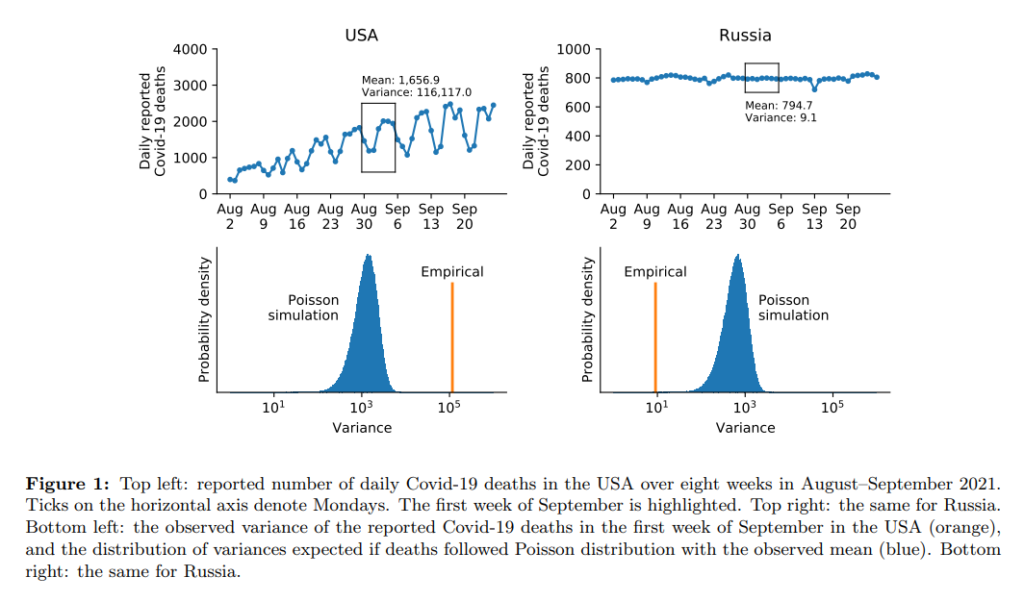Link: https://xbrl.us/events/230124/
Date and Time of upcoming event: 3:00 PM ET Tuesday, January 24, 2023 (60 Minutes)
Description:
The U.S. Congress passed legislation on December 15, 2022 that includes requirements for the Securities and Exchange Commission to adopt data standards related to municipal securities. The Financial Data Transparency Act (FDTA) aims to improve transparency in government reporting, while minimizing disruptive changes and requiring no new disclosures. The University of Michigan’s Center for Local State and Urban Policy (CLOSUP) has partnered with XBRL US to develop open, nonproprietary financial data standards that represent government financial reporting which could be freely leveraged to support the FDTA. The Annual Comprehensive Financial Reporting (ACFR) Taxonomy today represents general purpose governments, as well as some special districts, and can be expanded upon to address all types of governments that issue debt securities. CLOSUP has also conducted pilots with local entities including the City of Flint.
Attend this 60-minute session to explore government data standards, find out how governments can create their own machine-readable financial statements, and discover what impact this legislation could have on government entities. Most importantly, discover how machine-readable data standards can benefit state and local government entities by reducing costs and increasing access to time-sensitive information for policy making.
Presenters:
- Marc Joffe, Public Policy Analyst, Public Sector Credit
- Stephanie Leiser, Fiscal Health Project Lead, Center for Local, State and Urban Policy (CLOSUP), University of Michigan’s Ford School of Public Policy
- Campbell Pryde, President and CEO, XBRL US
- Robert Widigan, Chief Financial Officer, City of Flint
Publication Site: XBRL.us


